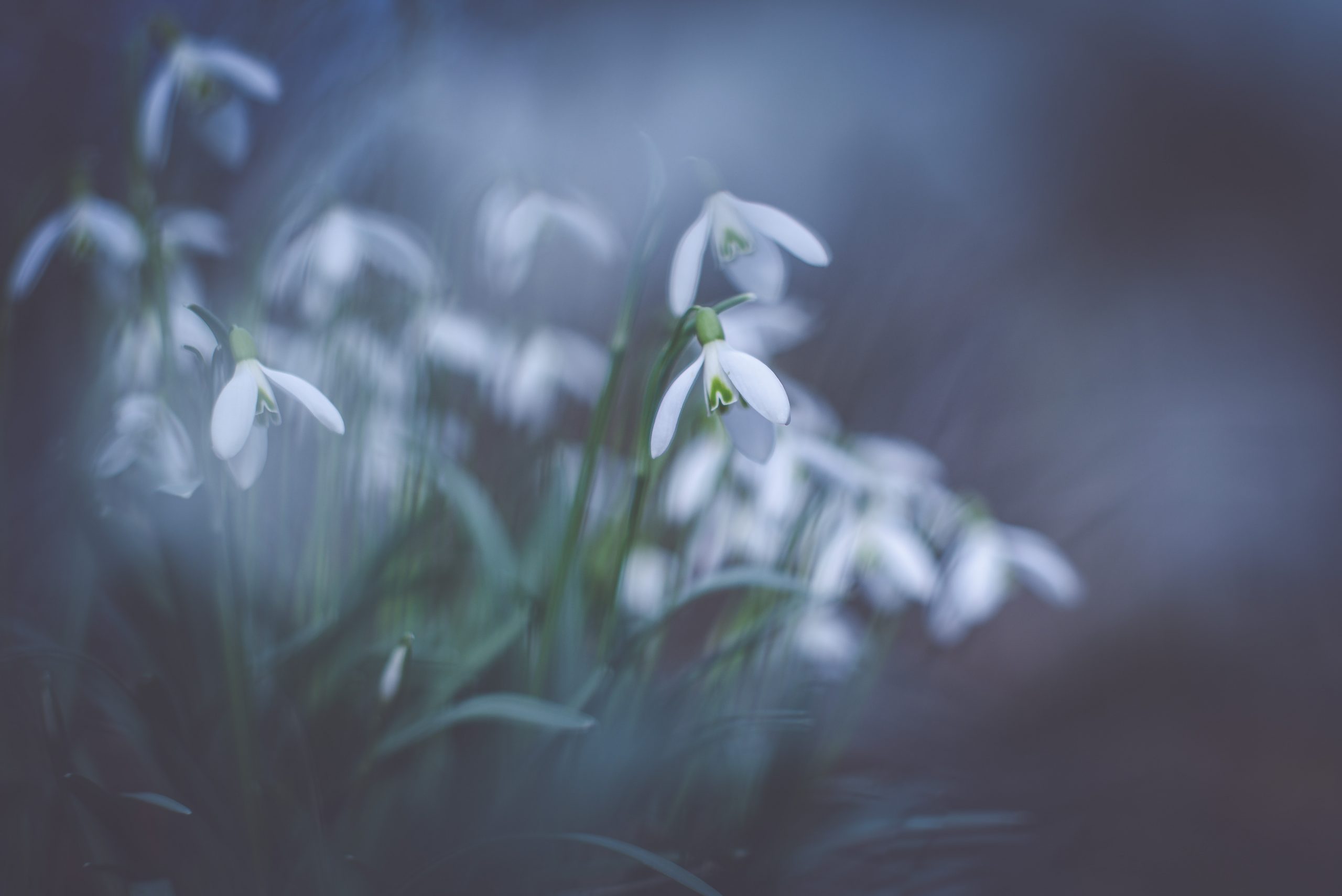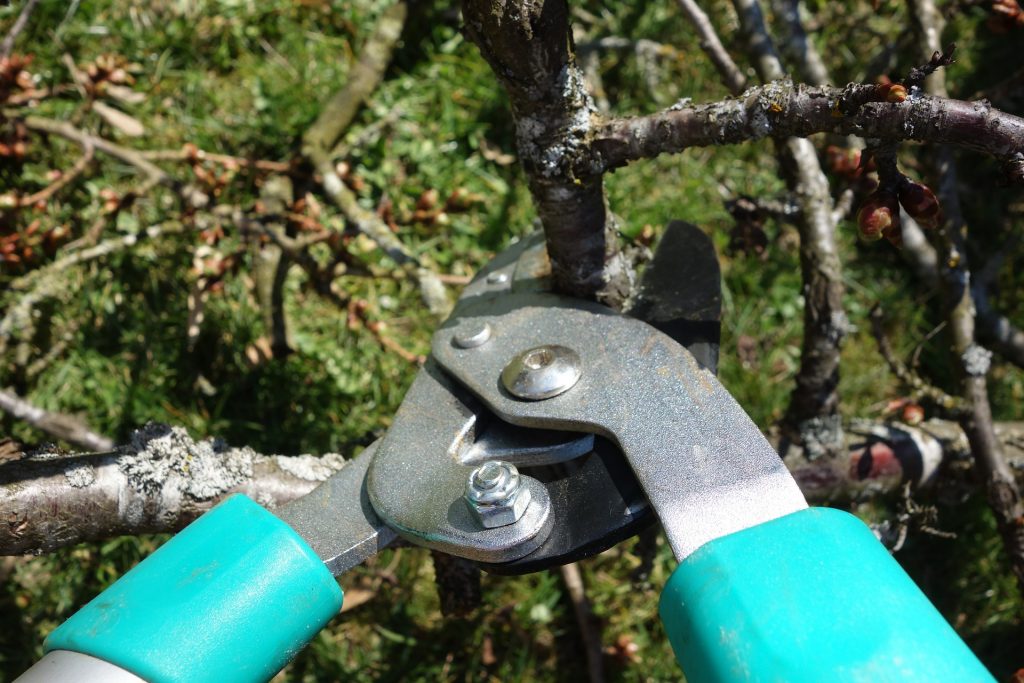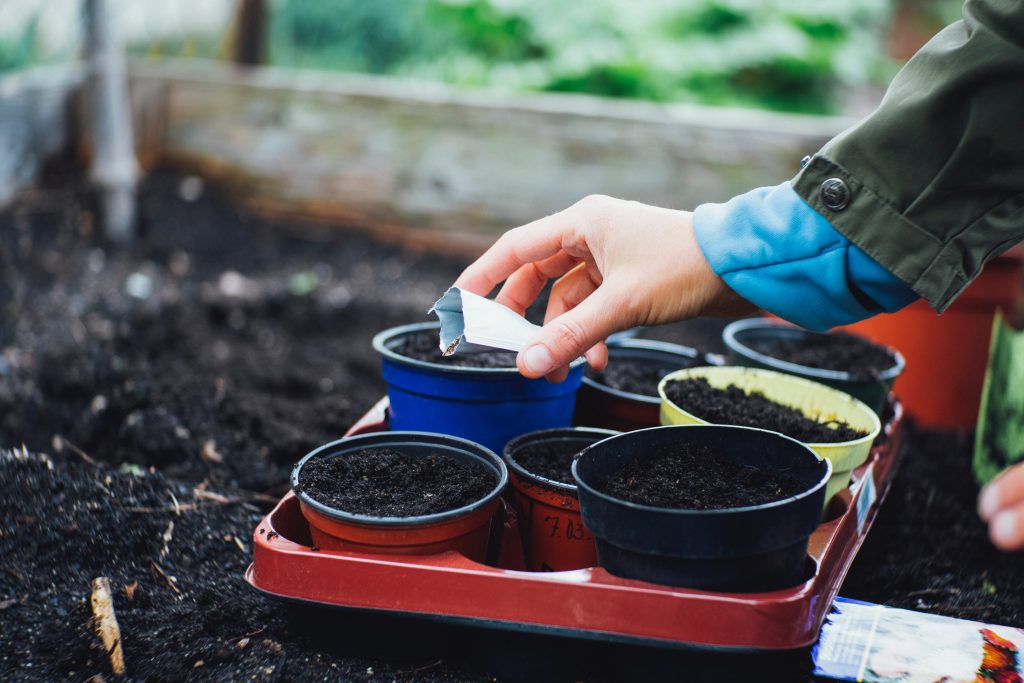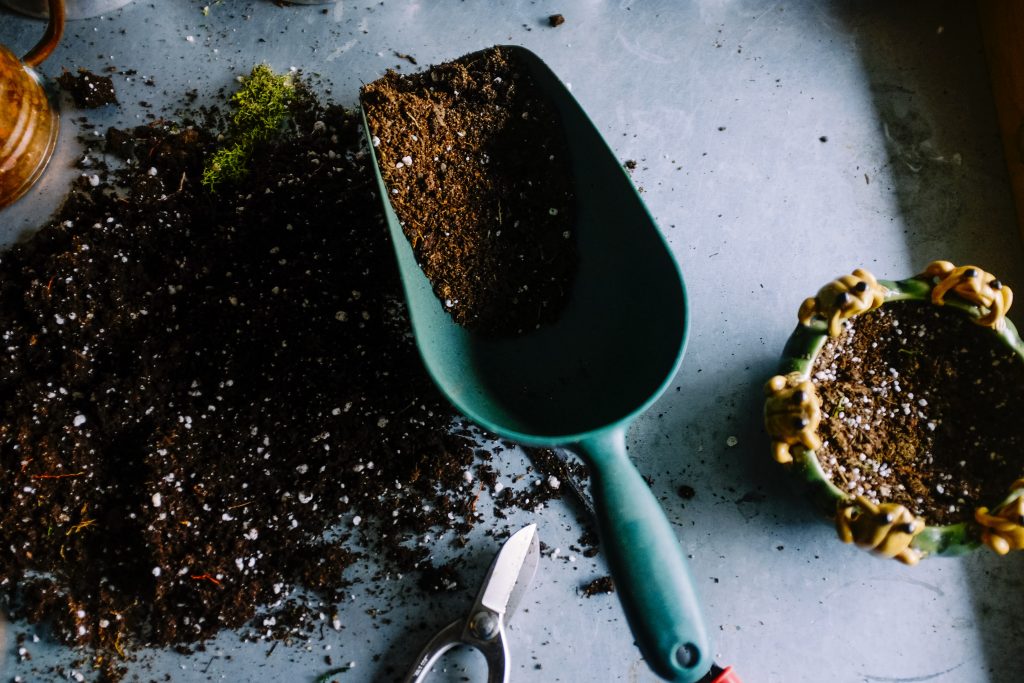February in the garden: protecting, planting, pruning and putting in the preparation …

As the days slowly lengthen there is a real sense that longer, brighter days are not so far away. Snowdrops herald the spring and Valentine’s day turns our minds to romance and roses.
Protect Plants
A cold, frosty snap will cause damage to some premature buds, so it is especially worth protecting plants that are not really hardy. There are lots of different types of netting that can be stretched across plants in a container or made into a makeshift frame around wall plants.
Plant Roses
So long as the ground is not frozen or waterlogged, February is a good month to plant roses.
Prepare Seed Potatoes
If you grow your own potatoes, you need to prepare a supply of seed potatoes for planting – especially early new potato varieties. Place the seed potatoes in a tray (egg boxes are good) in a light, dry and frost-free place to encourage them to produce a healthy shoot or ‘chit‘.
Cut Hardy Grasses
If you grow perennial ornamental grasses you’ve probably left them with their stems and other growth through the winter. So long as it is not very cold, this is the time to cut them down to ensure healthy new growth.
Fuchsia Cuttings
If you grow fuchsias or tender geraniums (pelargoniums) you can easily create some new plants from both by taking cuttings now.
Saturated Borders
All the recent rain will have saturated the soil in borders and veg gardens, and in some cases, forced it down into a compacted state. If you have an adjacent path or lawn, it is worth forking over the surface as much as possible. This will let in air, encourage the moisture to dispel, and mean that you can get on to the soil quicker when things dry out in spring.
Half-Hardy Annuals
The seed from a number of half-hardy annuals such as Cleome spinosa, Felicia Bergeriana, and nicotiana affinis, should be sown under glass now.
Drain Outdoor Tubs and Planters
Heavy rain will cause any outdoor tubs, pots, or other planted containers to be saturated, and if there is not sufficient drainage, they may become waterlogged. This will kill any plants that have survived the winter, so it is important to check them regularly at the moment, and gently tip them up to drain out excess water.
Manure on Asparagus
If you grow the king of veg, asparagus, this is the time to give your asparagus bed a good covering with well-rotted manure to encourage a bumper crop.
Prune Ornamental Vines
If you grow vines as an ornamental climber, up a wall, or over an arbour, this is a good time to give them a prune to ensure lots of vigorous growth in summer. You should not, however, prune vines that you are growing for grapes.
Prune Winter Jasmine
Winter flowering yellow jasmine, popular as a wall plant for cheering up gloomy January and February days, should be pruned immediately it finishes flowering. Usually, you can just trim it to the shape you want, but occasionally it may need harder cutting back if there is a lot of dead wood.
Seed Sowing Time
Your garden probably doesn’t look very inviting now. But you can make up for this by being busy indoors (or in a greenhouse). However, this is the best time for sowing seed of both flowers and veg.
Sow and Cover Strawberries
There’s nothing more satisfying than having a head start on everyone else with an early crop of strawberries. You can encourage this by sowing the seed of early-cropping varieties now and covering them with a cloche to warm up the soil. Alternatively, they look great in a tub or planter.
Tomatoes from Seed
If you grow tomatoes from seed, sow the seed now in the greenhouse.
Early New Potatoes
If the ground is not too wet, plant a few sprouted seed potatoes under cloche or plastic for an early crop of new potatoes.
Growing Begonias
Half bury begonia tubers in a tray of potting compost with the hollow side up. When they have 1-inch-long shoots, transfer them to individual pots. Water them from below, as surface water can rest in the tuber hollows and rot them.
Look Out for Leaf Curl
The constant rain may encourage leaf curl on peach trees, so spray them now to prevent it taking hold. Alternatively keep the rain off the trees with a polythene sheet.
Plant Clematis
As long as the ground isn’t too wet, and we’re not having a spell of frost, this is a very good time to plant clematis. The soil is warming up, and this will encourage the roots to grow during the next few weeks, before the plant itself wants to put on major growth. In general, try and position the plant so that the base and root ball are shaded.
Rake Grass
It’s too early to get the mower out, but the first spring days are starting in most areas, and your grass will definitely benefit from a brisk rake with a spring-tine rake. This will drag out any moss that has been encouraged by the winter wet, remove the matted dead grass that will have accumulated from last year, and encourage healthy grass to put on new growth.
Plant Shrubs
This is still a good time of year to plant shrubs. They will not yet have started putting on growth and will have a few weeks to settle their roots before the soil warms up and stimulates growth.
Sowing Seed Outdoors
If you’re thinking of beginning to sow seed outdoors for the coming summer, remember that most seeds will not germinate in temperatures lower than 7ºC, so it’s a good idea to check soil temperatures with a thermometer first.
Cover Up
Plants are particularly vulnerable to a sudden cold snap at this time of year, because by now many of them will have formed buds, and these could easily be damaged by a severe frost. To protect your plants from the effects of cold weather, give them a temporary cover until the freezing spell goes away.
Prune Raspberry Canes
Prune autumn-fruiting raspberry canes. Unlike summer-fruiting varieties, which have only the tops cut off their canes, autumn-fruiting raspberry canes should be cut back to ground level.
Sow Pea Seed
You can begin to sow round-seeded varieties of garden peas outside, but first, make sure that the ground is not saturated or frosted.
Hungry Lilies
Lilies are hungry plants and need extra attention at this time of year; so top dress established lily plants by covering the earth with a mound of well-rotted compost, leaf mould, and organic fertilizer.
Plan ahead and browse our gardens for 2023 here





















